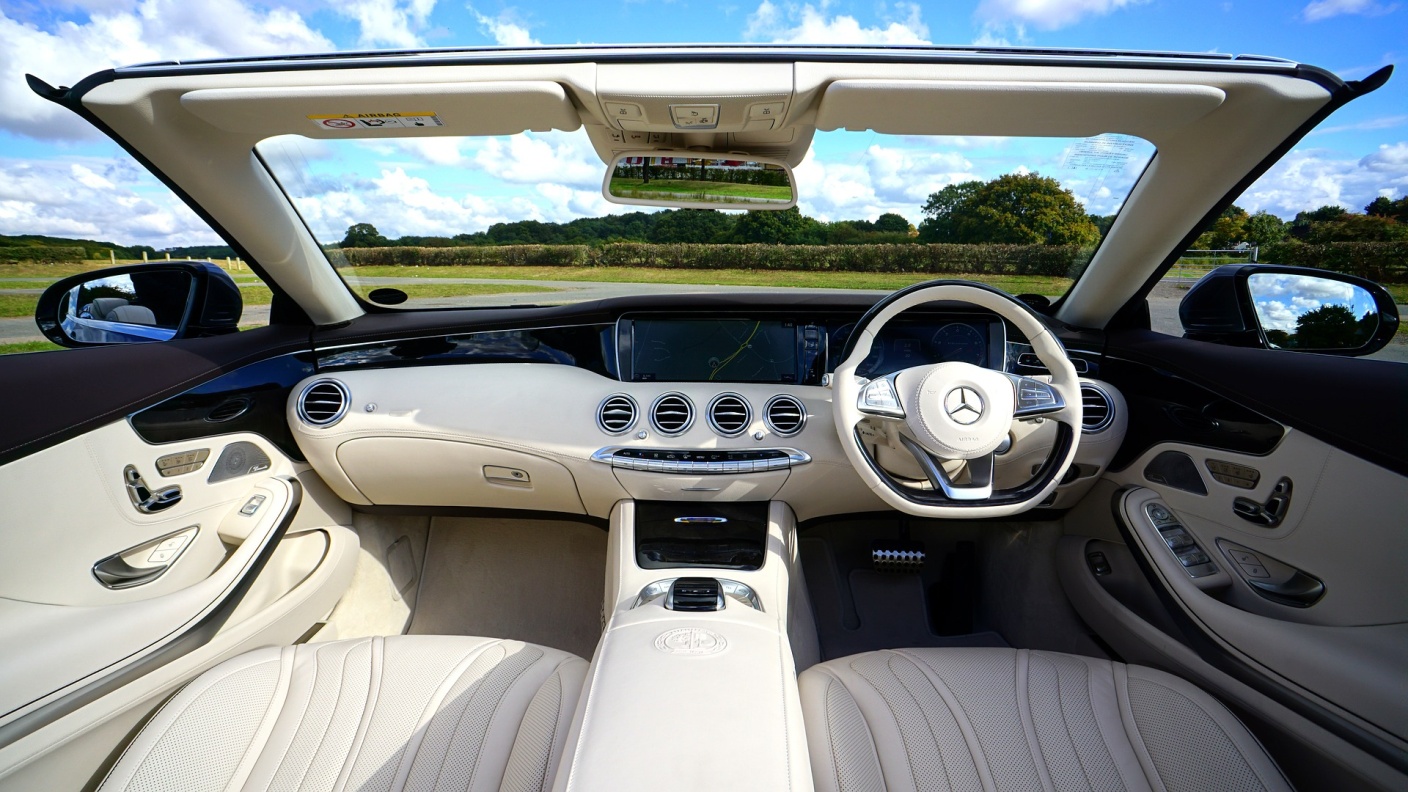If you are thinking carefully about the leasing rather than buying option when it comes to a vehicle, you’re not alone. A lot more individuals are opting for leasing instead of buying because it’s better on the budget. It’s more flexible, and it gives you a unique chance to drive the car you’ve always wanted but haven’t been able to afford. If you like to drive a new car every two or three years, then leasing may be a brilliant alternative for you. After the term of the lease, you can return the vehicle to the lease company, and you’re not burdened with a depreciated car which you will probably have to sell (for a much lower price). But if you have already decided that leasing is for you, you still have to know how to take proper care of your leased vehicle. Here’s how you can do it right.

- Care for it like a rental vehicle
Fundamentally speaking, your leased car is a rental vehicle. When you rent a car just for a few days, you probably try your best to take care of it and make sure nothing happens to it. Well, it’s just the same as your leased vehicle – think of it as a rental for a longer term. With this mindset, you’ll be more mindful of your leased car and careful of how you use it.
- Familiarise yourself with the rules
While leasing a car certainly has its benefits, and you can easily find the cheapest lease deals, it also comes with particular rules. When you return the vehicle, for instance, it should not have any excess wear and tear, which often includes damage such as dents and scratches, stains on the fabric, and even cigarette burns. It’s best to familiarise yourself with the rules from the beginning – before you even start driving the car around. Before you sign the agreement, look carefully at the fine print and pay special attention to the portion which talks about the classifications of wear and tear. If the wear and tear classification isn’t included, have the leasing provider write down an addendum so that you can confirm everything.
- Be careful with your mileage
Leasing a car is an excellent deal for those who know their mileage (or at least have a good idea of their mileage). This is because if you exceed your mileage, you will have to pay extra fees. If you have a long drive every time you go to work, if you like road trips, or if you are planning to share the car with another driver, you should try negotiating additional miles before you sign the agreement.
- Pay attention to your tyres
Since you will probably be driving around in a new vehicle, your vehicle’s tyres shouldn’t be an issue. But to be safe rather than sorry, you should pay attention to your tyres. For instance, make sure the tyres are regularly inflated according to the right pressure, and rotate them on a regular basis and make sure your car isn’t pulling to a particular side. If your vehicle does this, ask the lease provider for an alignment.
Image attributed to Pixabay.com